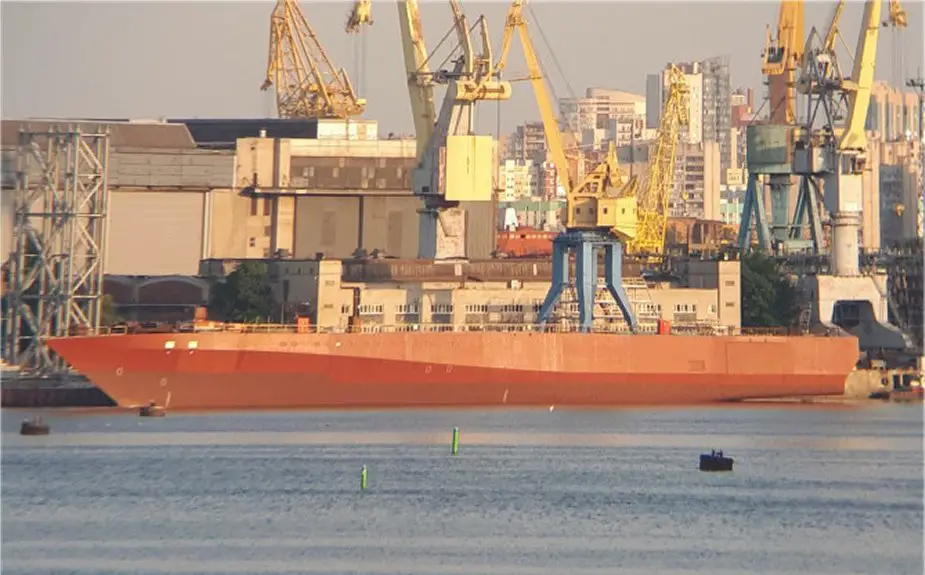Breaking news
Closure of Project 20386 corvette program for Russia Navy.
According to information published by Tass on July 7, 2023, the existing version of the Project 20386 stealth corvette program is set to be closed, and further construction of such ships for the Russian Navy is not planned.
Follow Navy Recognition on Google News at this link
 Russian Project 20386 corvette Derzkiy. (Picture source: myseldon)
Russian Project 20386 corvette Derzkiy. (Picture source: myseldon)
The "Severnaya Verf" shipyard and Amur Shipbuilding Plant are expected to continue the construction of the Project 20380 and 20385 series of ships. The head corvette, "Derzkiy," will remain the only representative of Project 20386 for the coming years.
The ship will be completed according to a redesigned project and will enter the Russian Navy's combat fleet in a fundamentally new and more balanced form. The high level of novelty and projected cost of the Project 20386 hinder its serial production compared to other corvette projects.
Valery Polovinkin, the scientific director of the Krylov State Research Center (KSRC), stated all recommendations proposed by the KSRC for corvettes 20380, 20385, and 20386 had been implemented. He emphasized that the decision was made to redesign the ship, but it cannot be stopped, as it is a great ship in its concept.
The keel-laying ceremony for the head corvette, named "Derzkiy," took place at the "Severnaya Verf" shipyard (part of the United Shipbuilding Corporation) on October 28, 2016. On April 23, 2019, in the presence of the head of state, the ship's hull blocks were joined together at the factory, initially named "Mercury."
In October 2021, the ship was renamed "Derzkiy" again, while the name "Mercury" was given to a corvette from the already developed series of Project 20380, which was previously named "Retivy."
The construction of multi-purpose corvettes (coastal patrol ships) for the near-sea zone, such as Project 20380/20386, utilizes stealth technology. The latest solutions have been employed to reduce the corvette's physical signature.
Specifically, the use of fire-resistant radio-absorbing fiberglass materials for the superstructure, as well as the architectural design of the hull and superstructure, has significantly reduced its radar visibility.
Project 20386
The corvette has a displacement of 3,400 tons and measures 109 meters (357.6 feet) in length. Powered by two Saturn M90FR gas turbine engines, she can reach a maximum speed of 30 knots (56 km/h; 35 mph).
The ship is armed with a 100 mm A-190 Arsenal gun, two 30 mm AK-630M CIWS, two 14.5 mm MTPU machine guns, and has missile capabilities with eight VLS cells for anti-ship/cruise missiles and 16 Redut VLS cells for surface-to-air missiles. She also features eight launchers for Paket-NK anti-torpedo/anti-submarine torpedoes and has aviation facilities for a Kamov Ka-27 helicopter.























